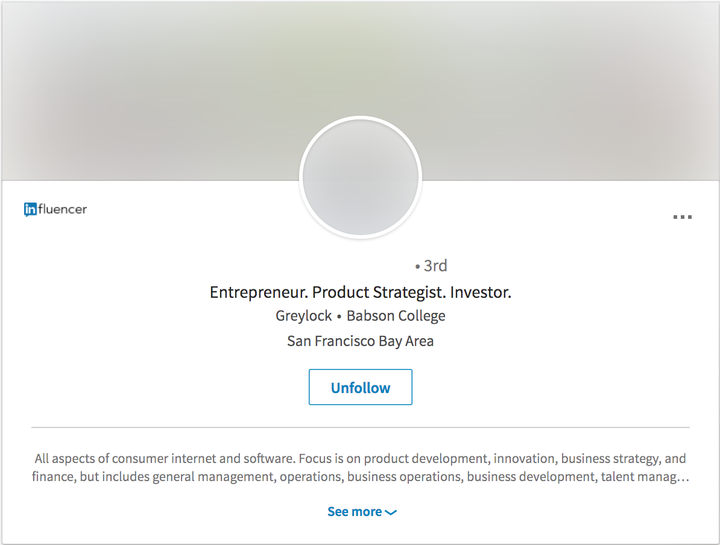
The world has woken up to issues of diversity in the workplace. Certainly modern economies lead that effort, but even developing economies are placing a premium on incorporating women and minorities into the workforce.
But in spite of the conscientious efforts of advocacy groups, governments, businesses, and pioneering voices in the public realm, even our most progressive industries continue to grapple with failures in diversity. You don’t have to look far to see issues of discrimination, abuse, or neglect. Sadly, this is a pervasive issue in the technology sector, which in most other respects leads the world in creating the future.
But what kind of a future will be created by a technology sector that is disproportionately represented by white men? According to the #HackDiversity campaign started by Toronto-based technology firm StackAdapt, you see the fingerprints everywhere and sometimes they’re impossible to miss. For example, voice recognition software that does not register women’s voices, or face recognition software that does not recognize minorities, etc.
These visible problems are symptoms of much larger issues under the surface. One of those issues is also the cure: diversity. With more input and influence from people with non-uniform backgrounds, the workplace culture and the resulting products and innovations that stem from it can be fundamentally altered.
“Census data tell us that by 2050 there will be no racial or ethnic majority in our country,” explain Sophia Kerby and Crosby Burns, writing for the Center for American Progress. “Further, between 2000 and 2050 new immigrants and their children will account for 83 percent of the growth in the working-age population. Our economy will grow and benefit from these changing demographics if businesses commit to meeting the needs of diverse communities as workers and consumers.”
In other words, diversity isn’t just a nice thing that should happen, it’s also essential to our future economic prosperity. It goes without saying that we should not need promises of prosperity to do the right thing, but when you are trying to re-engineer how a trillion dollar economy works, incentives help.
The good news is, the wheels of change are turning, and the newest advancements in the fight for diversity are technological ones that help HR departments to operate blindly. Why is it important to operate blindly? Because when HR is seeking applicants for an open position, seeing the race and gender of a candidate can subconsciously skew their assessment of that individual. And, as countless studies have shown, implicit biases are rampant, caused by the conditioning of our culture.
Enter: Unbiasify. The free Chrome extension hides people’s names and faces on prominent social networks used for researching job candidates – LinkedIn, Angelist and Twitter. By blocking attributes that might suggest race or gender, the plugin empowers recruiters to focus on qualifications without distraction.

Reid Hoffman’s regular Linkedin profile

Reid Hoffman’s Linkedin profile with the Unbiasify name and photo filter turned on
"At League we know the first step to developing a strong workforce is attracting a diverse pool of candidates,” says Avery Francis, Head of Talent at League. “Creating a culture where everyone has the opportunity to be successful, and communicating that culture to prospective employees is important. Getting there can be difficult. Removing barriers like an unstructured hiring process and unconscious bias will promote diversity. By ensuring a fair and effective sourcing strategy at League we will make better hiring decisions while amplifying the impact of efforts to hire a diverse candidate pool. Unbiasify is powering this initiative and I use it daily in my sourcing."
To solve any problem of any size, you need two ingredients: intention and tools. For companies that have the intention of solving their diversity shortcomings, it can be challenging to find tools that help to make a difference. Of course the obvious first step is to write down mission statements, set goals, and infuse the culture of the company with the kind of openness needed to embrace diversity. But our path to a more inclusive workforce is a difficult one without resources like Unbiasify.
“Diversity is essential to success, not just in our business, but in our world,” says Vitaly Pecherskiy, co-founder and COO of StackAdapt, and one of the creators of Unbiasify. “Like many companies, we have seen a huge impact on our success from seeking out diverse viewpoints and backgrounds. What Unbiasify represents is our company offering what it can to make the future more diverse. We need a thousand more solutions like this plugin, but you have to start somewhere – and we think it’s a good idea to start blind.”
The blind HR department is the model of the future – vetting and hiring candidates based solely on the virtues of their skill sets and ambition. And we are at least one plugin closer to that future.
